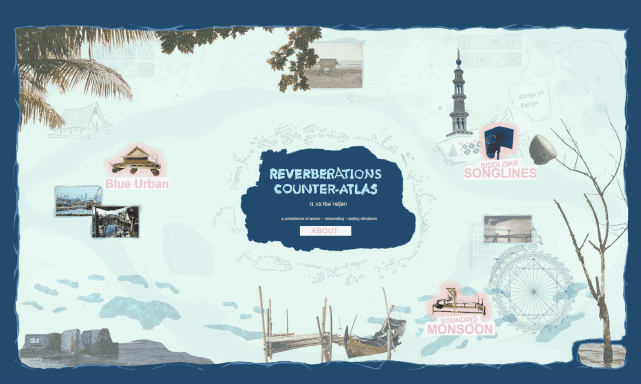Fieldwork: Penang, West Malaysia (May 2017)
Donor – Leibniz-ZMT Core Budget Funding (2017-2018)
PI – Dr. Inga Nordhaus, along with Dr. Lucy Gillis, Dr. Rapti Siriwardane & Dr. Chee Chu Yin (Universiti Sains Malaysia), Andrew Han (independent filmmaker and researcher) & Evelyn Teh (ARI Research)
Increasing human pressures in Penang Island, Malaysia – as in the case of rapidly urbanizing coastal island spaces – have caused sparse and fragmented mangrove forests in the east side, while mangroves remain relatively untouched along western shorelines. However, there is scant information regarding the extent and biodiversity of these forests, what services they supply local communities, and how socio-cultural perceptions towards mangroves have changed over time. This comparative study investigated the current and past status of mangrove forests across rural and urban areas in terms of their aerial extent, biodiversity, and provision of resources (trees, crustaceans) while linking these to diverse value-systems among local communities.

We used a mixed methods approach integrating field surveys, analyses of satellite images and ethnographic interviews with fisher collectives, scientists, and urban activists. The results will attend to research gaps of mangrove conditions, social meanings and uses along the urban-rural interface, providing strategic knowledge for future conservation and management efforts.


